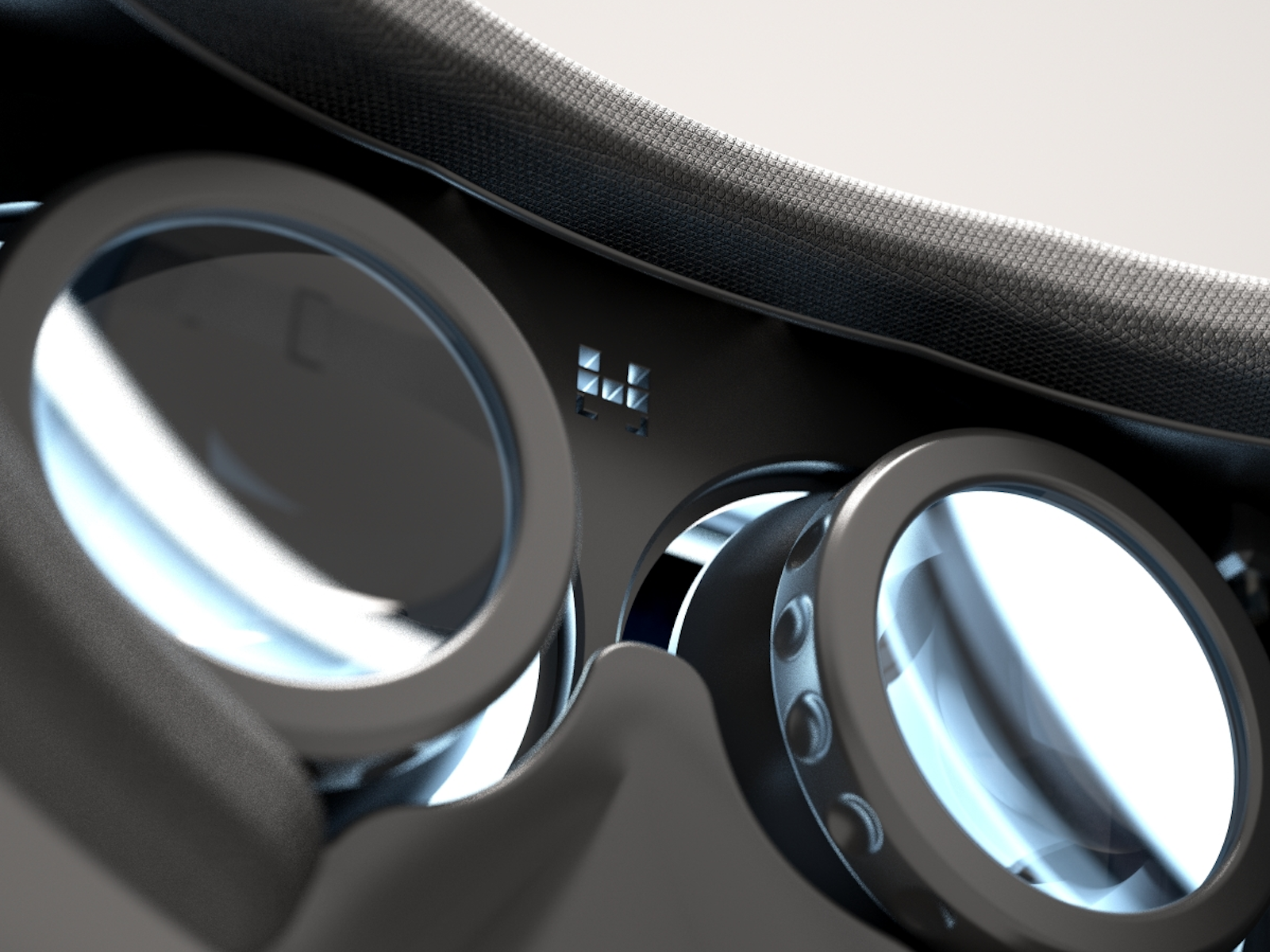The Past, Present, And Future Of VR And AR: The Pioneers Speak
The Promising Future Of VR And AR
Virtual and augmented reality will do more than just boggle the imagination; they will finally set it free. The technology being demonstrated and sold today has the power to make what's unreal seem real, and to make what's real seem unreal. Imagination will become the medium.
It has been easy to dismiss VR and AR as fads or experiments, to relegate them to the heap of digital toys, to call them an evolution beyond 3D, or just another gaming peripheral hell-bent on removing us further from reality and human contact. History may some day reveal that they were all of that, but just as we embark on what is sure to be an avalanche of kickstarted VR and AR ventures, some of which are already available, it is becoming clear that this technology could touch, and perhaps change all of our lives, as it did for cancer patient Roberta Firstenberg, who took spectacular journeys using Oculus Rift during her final days.
Many of us at Tom's Hardware have had the opportunity to try on some of these technologies, and to call those experiences immersive feels limiting. It's immediately easy to see how new games will emerge, along with applications for normal, everyday life, in industries like healthcare, retail, and manufacturing. Don't ignore the profound opportunities in the arts, where writers, musicians, and cinematographers will be able to tell stories that bring vivid details to life, immersing an audience inside fiction and non-fiction. The notion of a book or a movie may soon be a relic.
The technology is upon us. Facebook's $2 billion acquisition of Oculus was one particularly loud signal. Sony, long rumored to be working on a similar effort for the PlayStation, finally unveiled Morpheus at the Game Developer Conference in March. New AR and VR technology appeared like newborn rabbits at the most recent Consumer Electronics Show, coming from stalwarts like Epson to upstarts like Technical Illusions.
Although many AR company executives characterize Google Glass as a heads-up display, it does provide a form of augmented reality, and those same executives are quick to realize that the entire industry has benefited from the spotlight Google has shone.
While it's probably a little early to be looking at market forecasts, we asked Gartner, IDC, and iHS, among others, whether they were tracking or forecasting VR and AR. None had data to share with us. ReportsandReports provides some market forecasting but wanted us to pay upwards of $4000 for the report; for that money we could have purchased five Oculus developer kits, a Vuzix AR kit, a pair of Google Glass, two Epson Moverios, and a Vladimir Putin painting courtesy of George W. Bush, so we declined.
KZero Worldwide, a VR and online gaming consultancy that happens to also track some of this data estimates that 5.7 million VR units will ship in 2015, 10.9 million in 2016, and a cumulative total of 56.8 million between 2014 and 2018. Truth be told, it's just a guessing game at this point.
Get Tom's Hardware's best news and in-depth reviews, straight to your inbox.
Before things get too crazy, we decided to ask some of the early leaders in VR and AR to talk about the state of the technology. We interviewed principal players (CEOs, founders, product managers, heads of research and development) at seven companies: Oculus VR (now Facebook), Sony, Technical Illusions, Epson, Vuzix, vrAse, and Sulon Cortex.
We asked each of them about some of the technology and non-technology hurdles and what their companies were doing to overcome those hurdles, how they expected the technology to change the ecosystem of digital electronics, and PC and console components, and the world at large.
Some common themes included: the need for better battery technology; improved, realistic, and higher resolution displays and projection capability; accurate headtracking and other sensor-based processing; latency; smaller, lighter, less intrusive, and, dare we say, less ugly contraptions; and the confidence of developers to create the content. Sounds a little like the mobile industry six or seven short years ago.
Among these, content is crucial. Luckily, game developers are clamoring toward the Unity 3D engine, and many of these new technologies support it.
The seven interview responses are printed in the following pages, along with some key facts about the technology and historical timelines marking milestones in VR and AR development, including, ironically enough, the memorable and imaginative mass media scenes, in two mere dimensions, that likely helped inspire this burgeoning moment.
Current page: The Promising Future Of VR And AR
Next Page The Timeline Of Virtual Reality-
icepick314 would Virtual Boy from Nintendo count as VR tech?Reply
it's missing in the article's timeline...
also an arcade game Time Traveler that had "holographic" screen... -
Cazalan I think they're wasting too much time on the motion capturing aspect. Just give me a headset that looks better than a 30" monitor and I'm sold.Reply -
Vlad Rose With the Virtual Boy, I would call it VR tech as it uses similar technology that used in the VR gear that is coming out. With Time Traveler and Holosseum, I would say no. What they used was a single 2D screen that was projected to a curved mirror to create a false reality of the image 'sticking out'. It is more comparable to 3D movies than Virtual Reality.Reply -
clonazepam The Vuzix seems pretty cool. We've already accepted bluetooth headsets and its a very similar look. I hope they all account for the fact that some people are right-handed and left-eye dominant or other way around, as well as color blind or red / green deficient.Reply
I think the Vuxio would be the most useful in everyday life, while obviously Oculus or Morpheus being the most fun. -
Shankovich Morpheus looks cool but it just can't compete with the rift when hooked up to the PS4; it just doesn't have the graphical power to run above 1080P games with acceptable level of detail, effects, etc. especially when the frame rate will need to be at 60fps or more to reduce nauseating effects. On PC, the rift has better sensors (geomagnetic) and is better able to take care of movement lag.Reply -
CaedenV @CazalanReply
Agreed. I am all for VR to hit when it is really ready, but until then I would be extremely happy with a high resolution headset to use as an immersive display. I don't want to have to crane my neck and change my body's orientation when gaming. I still want a keyboard/mouse or controller as input and be able to sit back on the couch and just play a game. I have a nice big yard to work on if I want something active to do... when I am gaming I want to get into it, but with the least amount of physical effort possible. -
Henderburn The VR timeline should include the release of "Snow Crash," the novel that inspired John Carmack and Michael Abrash to make Quake and build the foundations for VRReply -
WyomingKnott I'm still waiting for a decent eyeglass-size display so I can read a book while the dentist pokes at my teeth. Seriously, we don't have even the basic display element available commercially?Reply -
Cybolic Vuzix examples are probably the worst I've ever heard: "having a sales associate be able to answer your questions" and "see exactly where your veins are so they only stick you once with the needle to get the blood", yeah, they are supposed to already be able to do that without wearing special glasses; it's literally what they're being paid for.Reply


